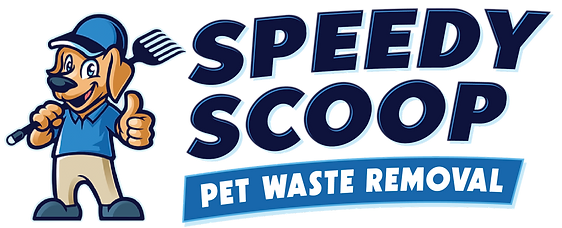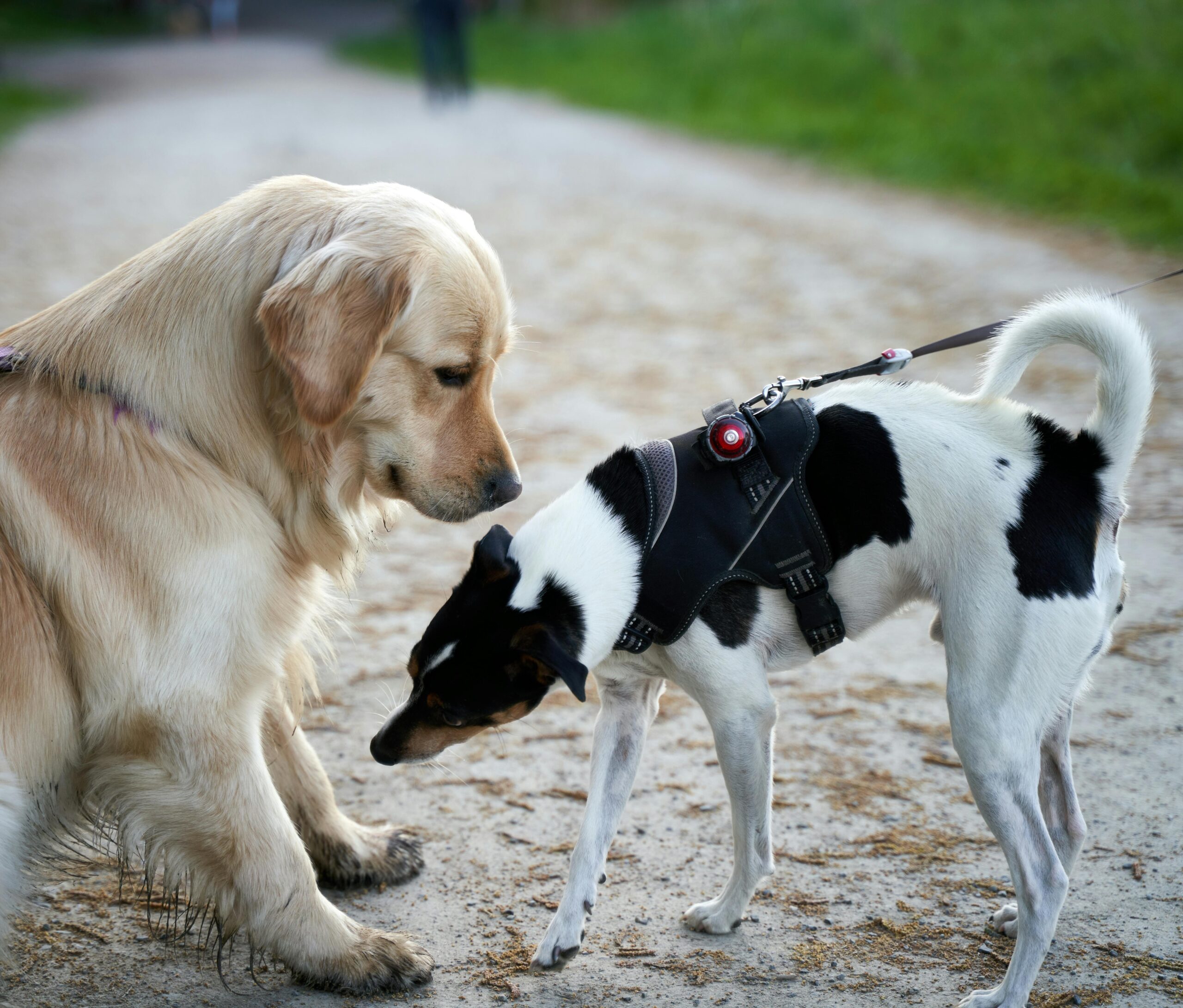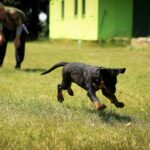Bringing home a new puppy is one of the most exciting moments for any dog owner. The endless energy, playful antics, and adorable face are enough to melt anyone’s heart. But what happens when your new bundle of fur is joining a home that already has a beloved older dog? You need to introduce a new puppy.
For many pet parents in Indianapolis, Carmel, Fishers, Noblesville, Westfield, Zionsville, Greenfield, McCordsville, Pendleton, and Anderson, the transition can feel intimidating. Will your older dog accept the puppy? Will there be jealousy? How do you prevent conflicts while helping both dogs feel secure?
With the right strategies, patience, and a little planning, you can set your pets up for a smooth transition and a happy life together.
Why Introductions Matter
Dogs are creatures of habit, and your older dog has likely grown accustomed to their daily routine, favorite spots, and your undivided attention. A new puppy disrupts all of that. Without a careful introduction, stress, jealousy, or even aggression can surface.
Taking the time to make introductions slow and positive helps:
-
Prevent unnecessary fights or fear
-
Build trust between your dogs
-
Ensure your older dog feels secure, not replaced
-
Teach your puppy respectful behavior from the start
Step 1: Prepare Before the Puppy Arrives
Preparation is key when introducing a new puppy to your household. Before your new furry family member even sets paw in your home, set your older dog up for success.
Here’s how:
-
Create separate spaces: Have a designated area for your puppy—like a crate, pen, or a separate room. Your older dog should also have a safe retreat spot that’s off-limits to the puppy.
-
Gather supplies: Double up on food and water bowls, toys, and bedding. Sharing too soon can lead to possessiveness.
-
Stick to routines: If your older dog has a set feeding and walking schedule, keep it consistent. Predictability reduces stress.
-
Puppy-proof your home: Secure cords, shoes, and other chewable items so your older dog doesn’t get blamed for puppy mischief.
Step 2: Neutral Territory First When You Introduce a New Puppy
When it’s finally time for your dogs to meet, avoid springing the puppy on your older dog inside your home. Dogs can feel territorial. Instead, introduce them on neutral ground—like a park in Carmel, a trail in Noblesville, or even your front yard in Fishers.
Tips for a successful first meeting:
-
Have both dogs on leashes, controlled but relaxed.
-
Allow them to sniff each other briefly, then separate and take a walk side by side.
-
Reward calm behavior with treats and praise.
-
Keep the first interaction short and positive.
Step 3: Short, Supervised Home Introductions to Introduce a New Puppy
Once the neutral meeting goes smoothly, bring the puppy home. But don’t rush full access. Start with short, supervised visits in shared spaces.
-
Use barriers: Baby gates or pens allow them to see and smell each other safely.
-
Monitor body language: Growling, stiff posture, or lip curling are warning signs. If this happens, calmly separate them and try again later.
-
Keep it positive: Praise and reward your older dog for calm, tolerant behavior.
-
Puppy energy management: Puppies can overwhelm older dogs. Intervene if the puppy gets too rough.
Step 4: Respect Your Older Dog’s Needs
Your older dog has seniority—and it’s important to acknowledge that to introduce a new puppy. They shouldn’t feel replaced or pushed aside.
Ways to honor your older dog:
-
Greet them first when you come home.
-
Give them solo time—walks, play, or snuggles without the puppy.
-
Don’t force interaction. If your older dog wants space, respect it.
This shows your loyal companion they are still a priority in your life.
Step 5: Establish Puppy Training Early
Your puppy will be a ball of energy, and sometimes that means pestering your older dog. To avoid resentment, train your puppy right away.
-
Teach commands like “leave it,” “stay,” and “gentle.”
-
Reward calm play with your older dog.
-
Redirect inappropriate chewing or roughhousing to toys.
-
Use crate training for downtime so your older dog gets breaks.
The more your puppy learns manners early, the happier your household will be.
Step 6: Supervised Play and Bonding to Introduce a New Puppy
As both dogs adjust, you can allow longer play sessions together. But supervision remains key—especially in the early weeks.
Great bonding activities include:
-
Walks through neighborhoods in Westfield or Pendleton
-
Fetch games where both dogs can chase separate toys
-
Puzzle feeders or enrichment toys done side by side
-
Short car rides for fun destinations like local dog parks in Noblesville or Zionsville
Shared positive experiences help your dogs build trust and companionship.
Step 7: Watch for Stress or Red Flags
Not every introduction goes smoothly, and that’s okay. The key is watching for signs of stress and addressing them early.
Signs to watch for in your older dog:
-
Excessive growling, snapping, or hiding
-
Loss of appetite or changes in bathroom habits
-
Avoiding family members or retreating constantly
If issues persist, consult a professional dog trainer in Indianapolis, Fishers, or Carmel. Many offer in-home consultations that can help mediate the adjustment period.
Step 8: Keep a Clean, Stress-Free Environment
Here’s one factor many dog owners overlook—yard cleanliness. Puppies explore everything with their noses and mouths. If your yard has leftover waste, it can create tension between dogs and even spread illness like parasites.
This is where Speedy Scoop’s pet waste removal service comes in handy. Serving Indianapolis, Hamilton County, and Hancock County, we make sure your yard stays fresh, safe, and clean—so your dogs can focus on bonding, not messes. With reliable weekly or biweekly scooping, you don’t have to worry about stepping into a smelly situation during this delicate introduction phase.
Step 9: Be Patient—Bonding Takes Time
Some dogs hit it off instantly, while others take weeks or even months to fully adjust. The most important ingredient in this process is patience.
-
Celebrate small wins, like sniffing each other calmly or lying down in the same room.
-
Understand that setbacks may happen—don’t see them as failure, just part of the journey.
-
Keep routines steady and provide plenty of reassurance.
In time, many dogs develop strong bonds, with older dogs taking on the role of teacher and the puppy learning respect and social skills.
Final Thoughts on How to Introduce a New Puppy
Introducing a new puppy to your older dog doesn’t have to be stressful. With preparation, patience, and a focus on positive experiences, you can help your pets transition smoothly into life together. Whether you’re walking through neighborhoods in Carmel, Greenfield, McCordsville, or Anderson, or simply relaxing in your Indianapolis backyard, both dogs can learn to thrive as companions.
Remember—your older dog set the stage for your love of dogs, and your new puppy is the next chapter in your family’s story. With the right steps, you can honor both while building a happy, balanced household.
When doodycalls, your pets do their business and Speedy Scoop handles the rest—reliably, efficiently, and with a smile. If your yard needs cleaned, scoop the poop, or make a poop 911 call to the pros and get a pet butler or turd burglar for your lawn. Let’s keep Central Indiana clean, one yard at a time.
Ready to upgrade your yard experience? Let Speedy Scoop take care of the dirty work—so you don’t have to. Click here to get your FREE quote today!
Speedy Scoop proudly serves the greater Indianapolis area including Anderson, Carmel, Castleton, Cicero, Fishers, Fortville, Geist, Greenfield, Indianapolis, Ingalls, Lapel, Lebanon, Lawrence, McCordsville, New Palestine, Noblesville, Pendleton, Westfield, and Zionsville.






